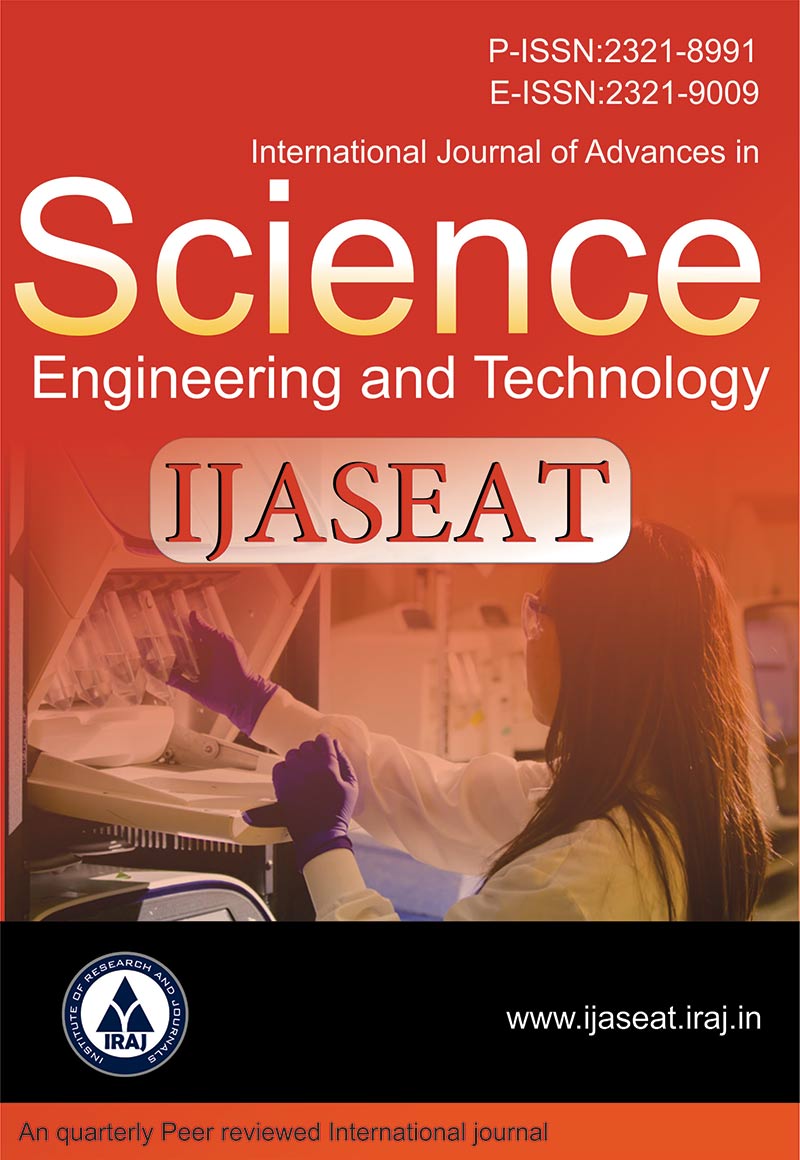Publish In |
International Journal of Advances in Science, Engineering and Technology(IJASEAT)-IJASEAT |
 Journal Home Volume Issue |
||||||||
Issue |
Volume-6, Issue-1, Spl. Iss-2 ( Mar, 2018 ) | |||||||||
Paper Title |
Plant-Mediated Synthesis of Nanoparticles | |||||||||
Author Name |
Roshila Moodley, Nolwazi Chonco, Nomfundo Thobeka Mahlangeni, Karin Pruessner | |||||||||
Affilition |
School of Chemistry and Physics, University of KwaZulu-Natal, Durban 4000, South Africa | |||||||||
Pages |
65-68 | |||||||||
Abstract |
Nanoparticles have a wide range of unconventional properties due to their large surface area-to-volume ratio and quantum confinement which makes them suitable for applications in medicine. However, the synthesis of nanoparticles using chemical methods is unsuitable for medical applications due to the use of toxic chemicals therefore focus has shifted to bio-based methods of synthesis that are non-toxic. In this study, we capitalise on the combined and synergistic effects of nanoparticles and secondary metabolites from indigenous medicinal plants found in South Africa through plant-mediated synthesis of nanoparticles. Silver nanoparticles were synthesised using sodium borohydride, crude plant extracts from Harpephyllum caffrum (an indigenous South African medicinal plant) and (+)-catechin (isolated from H. caffrum). Formation of silver nanoparticles was confirmed by the surface plasmon resonance band at 419.2 nm in the UV-Vis spectrum. The morphology and sizes of the silver nanoparticles was determined using transmission electron microscopy (TEM). The antioxidant activity of crude extracts, (+)-catechin and synthesised nanoparticles were determined using the DPPH assay. The end-capped nanoparticles and (+)-catechin showed higher scavenging activity even at low concentrations relative to the standard, ascorbic acid. Keywords - Nanoparticles, flavonoid, catechin, Harpephyllum caffrum | |||||||||
| View Paper | ||||||||||